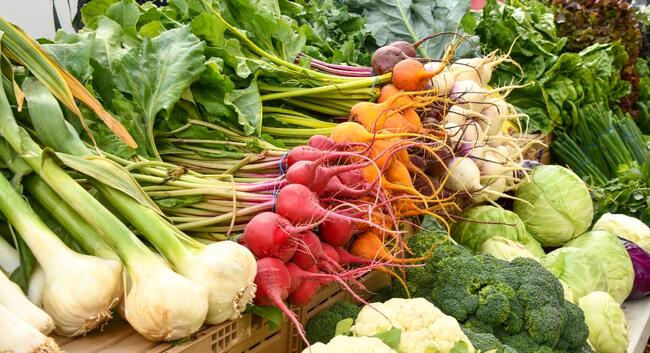
SNAP-Ed works to improve nutrition security, which means all Vermonters have consistent, equitable access to the nutritious, safe, and affordable foods that are essential to living healthy lives.
A snapshot of hunger & food security in Vermont
According to Hunger Free Vermont, 40% of people in Vermont experience hunger every day. Prior to the pandemic, this number was 1 in 10, or 10%. It is no wonder that the USDA recognizes food and nutrition security as a goal -- poor nutrition is associated with chronic health conditions, higher health care costs, and health inequities, since certain subgroups of the population are more likely to be impacted than others. Click to see USDA Nutrition Security report
Children with enough nutritious foods learn better and have a lower risk of developing mental and physical health conditions. Adults with enough food to eat also have a decreased risk of developing mental and physical health conditions.
Programs like 3SquaresVT and SNAP-Ed provide resources to reduce barriers to healthy eating and physical activity—which, in turn, impact rates of chronic disease.
Helpful Resources
Browse this page for statewide healthy eating and food access resources, plus resources for preparing fresh, healthy foods on a budget.
